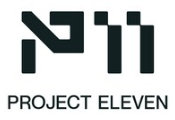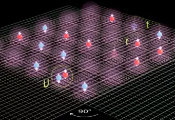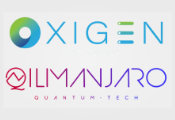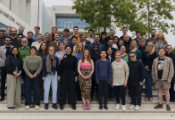Quantum Scars Boost Electron Transport and Drive the Development of Microchips
September 19, 2025 -- Quantum physics often reveals phenomena that defy common sense. A new theory of quantum scarring deepens our understanding of the connection between the quantum world and classical mechanics, sheds light on earlier findings and marks a step forward towards future technological applications.
Quantum mechanics describes the behaviour of matter and energy at microscopic scales, where randomness seems to prevail. Yet even within seemingly chaotic systems, hidden order may lie beneath the surface. Quantum scars are one such example: they are regions where electrons prefer to travel along specific pathways instead of spreading out uniformly.
Researchers at Tampere University and Harvard University previously demonstrated in their article titled Quantum Lissajous Scars that quantum scars can form strong, distinctive patterns in nanostructures, and that their shapes can even be controlled. Now, the Quantum Control and Dynamics research group at Tampere University’s Physics Unit is taking these findings further. In their new article, the researchers report that quantum scars significantly enhance electron transport in open quantum dots connected to electrodes.
“We have shown that imperfections can be transformed into functionality. Scarred states can, in fact, improve electron flow,” explains doctoral researcher Fartash Chalangari, lead author of the article.
Improved electron flow enables electrical conduction in nanoscale components – structures measured in billionths of a metre. In this way, a quantum scar can act as a nanoscale switch, akin to a novel type of transistor. This breakthrough opens the door to developing components for the small and energy-efficient microchips of the future.
These findings pave the way for a new field dubbed ‘scartronics,’ where quantum scars guide the conductivity of nanoscale devices. Experimental evidence of this phenomenon has already been observed in graphene systems, as reported in a study involving Harvard University postdoctoral researcher Joonas Keski-Rahkonen, who also contributed to the current collaboration.
“Quantum scars are a surprising and striking example of order emerging from chaos. We are now working to translate these discoveries into practical applications. In addition to advancing the development of efficient microchips, our findings may also contribute to the design of new types of qubits for quantum computing — although that remains a more distant goal,” concludes Professor Esa Räsänen, head of the Quantum Control and Dynamics research group at Tampere University.
The research was supported by the Research Council of Finland, CSC – IT Center for Science and the U.S. National Science Foundation.
The article, titled Variational Scarring in Open Two-Dimensional Quantum Dots, was published in Physical Review B on 17 September 2025. Physical Review B selected the study as a Highlight article.




































